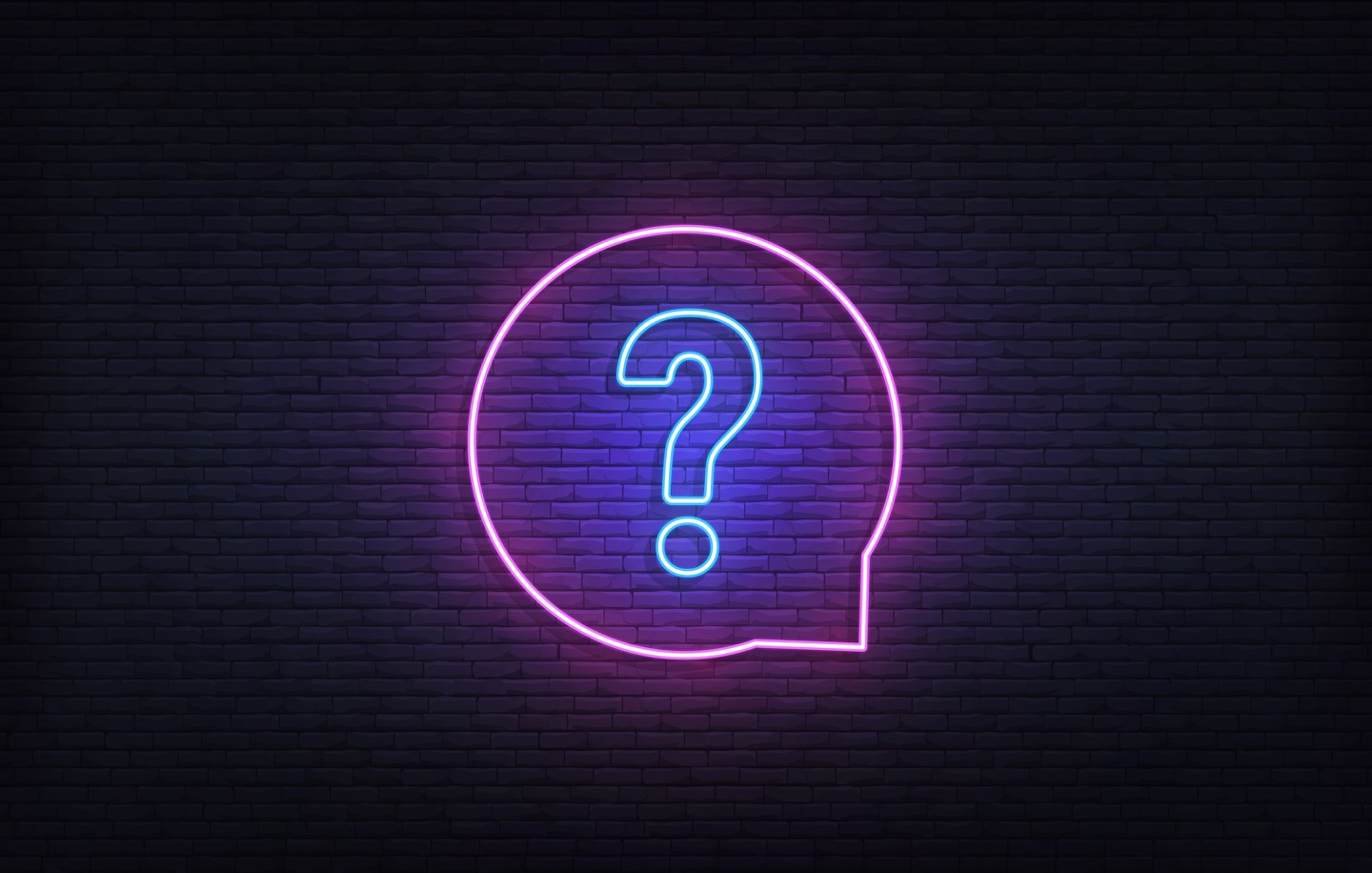Good morning. The latest Nielsen numbers are out, so pop quiz time: What was the No. 1 television channel in the U.S. last month?
(Here’s an unhelpful hint: A certain “Big Game” sporting event took place last month. Go Birds.)
Find the answer in the “Endstop Triggered” section below. —Andrew Nusca
Want to send thoughts or suggestions to Data Sheet? Drop a line here.
NSA warned of Signal app risks a month ago

One month before a certain editor was accidentally included in a certain group chat of top federal officials discussing certain U.S. military actions in Yemen, a federal agency warned employees about the risks of the certain messaging app they used.
CBS News got its hands on an internal National Security Agency bulletin distributed in February that describes issues with use of the encrypted messaging app Signal.
Signal is used by “common targets of surveillance and espionage activity,” the document reportedly reads, making it a “high value target” to intercept sensitive information.
And it’s already happening, the bulletin adds: Russia-affiliated hacking groups are using phishing scams to bypass the app’s encryption and gain access to Signal conversations.
NSA employees should therefore not send anything “compromising” over “any social media or Internet-based tool or application,” it reads. Signal, WhatsApp, and other messagings apps can be used for unclassified chatter, the memo adds, but nothing with sensitivity.
Appearing before the Senate Intelligence Committee on Tuesday, CIA Director John Ratcliffe said that Signal is “a permissible use” application approved by the White House for use by senior officials.
Meanwhile Signal noted on social media that the NSA bulletin’s title—“Signal Vulnerability”—didn’t mean what some technologists might think it would.
“Phishing isn’t new,” the nonprofit organization wrote, “and it’s not a flaw in our encryption or any of Signal’s underlying technology.” —AN
OpenAI, Google debut new AI models
Another day, another AI model.
OpenAI on Tuesday announced an updated version of its GPT-4o model that generates more realistic images thanks to a lengthy training period with—gasp—humans.
“We trained our models on the joint distribution of online images and text, learning not just how images relate to language, but how they relate to each other,” the company said in a blog post.
GPT-4o will replace DALL-E 3 as the default image generation model used by OpenAI’s ChatGPT chatbot and rolls out to all users except those with Enterprise or Edu accounts.
Meanwhile Google DeepMind debuted its Gemini 2.5 reasoning model, declaring it to be its “most intelligent AI model” built for the agentic era.
There are now four flavors of Gemini: the general availability “2.0 Flash” and “Flash-lite” for rapid response tasks and the experimental “2.5 Pro” and “2.0 Flash Thinking” for more complex queries.
Google didn’t shy away from touting that the new 2.5 Pro model outperforms OpenAI’s o3 mini, launched on Jan. 31, and Anthropic’s Claude 3.7 Sonnet, launched on Feb. 24. (Though wait long enough and one of those companies will surely announce that it has recaptured the lead.)
Gemini 2.5 Pro is available now for Advanced users through Google AI Studio and the Gemini app, with pricing information and Vertex AI availability to come. —AN
About that U.S. AI bubble…
A little more about Alibaba Group chair Joe Tsai’s remarks about an AI bubble in the U.S.
Speaking Tuesday at the HSBC Global Investment Summit in Hong Kong, Tsai said he was “astounded” by the AI data center investment figures he was seeing in the U.S., citing the $500 billion that OpenAI, SoftBank, and Oracle say they will spend on the Stargate project announced back in January.
“I don’t think that’s entirely necessary,” the cofounder of the Chinese tech conglomerate said. “I think in a way people are investing ahead of the demand that they’re seeing today…Is that thinking correct or incorrect? You can make a judgment.”
But the real red flag for Tsai is the phenomenon of data-center developers building new projects “on spec,” without binding agreements from the large AI companies like Microsoft or Google or “even Alibaba.”
“I start to see the beginning of some kind of bubble,” Tsai warned.
Of course, plenty of people have called an AI bubble before, but mostly because they think the tech is oversold. Alibaba is investing $53 billion in AI and cloud over the next few years. This is more like investor Ray Dalio warning earlier this year that the AI scene resembles the run-up to the dotcom crash at the turn of the century.
And maybe there was a hint of a taunt to what Tsai said. After all, Alibaba just released a powerful and lightweight version of its open-source Qwen AI model that’s small enough to run on many high-spec desktop computers. If that way of doing things pans out, then projects like Stargate seem even more over-the-top. —David Meyer
More data
—Nvidia, Oracle push for U.S. “AI diffusion rule” repeal. The rule restricts the number of AI processors that can be exported to most nations.
—Infinite Reality acquires Napster for $207 million. The pioneering service will live on in the 3D virtual world.
—Samsung execs to pay $600 million. Taxes and penalties for dodging India tariffs on key telco equipment imports.
—Waymo to launch robotaxi service in Washington, D.C in 2026. The catch: The city currently prohibits them without safety drivers.
—Trump crypto firm to launch USD-pegged stablecoin. World Liberty Financial’s USD1 will be available on Ethereum and Binance Smart Chain.
—Meta pilots prioritized review on Instagram. The program allows U.S. schools to flag bullying posts.
—Quora’s Poe offers $5/mo. subscription tier. The company has positioned its chatbot as a convenient portal to multiple AI models.
—Apple’s WWDC is set for June 9-13. It’s “entirely online” and free for developers.
—Synthesia offers equity to human models for its avatars. An attempt by the highly valued British AI company to compensate for use of likeness.
—GameStop board approves plan to buy bitcoin. There’s no limit on how much it might purchase.
Endstop triggered
Answer: YouTube was the most-watched TV channel last month, according to Nielsen’s rankings of media distributors in February 2025, with 11.6% of the pie.
That tops Disney (No. 2) and Fox (No. 3 and home of the NFL’s Super Bowl LIX).
Before you blame the youths, YouTube’s showing last month—its best ever—came in part thanks to viewers over 50, who accounted for 36% of time spent watching it on television screens.
That’s the caveat, by the way: television screens. Nielsen’s stats for this particular ranking don’t include PC or mobile viewing. Which is either surprising (YT is beating traditional TV!) or not (viewers over 50 dominate traditional TV!), depending on your focus. —AN













